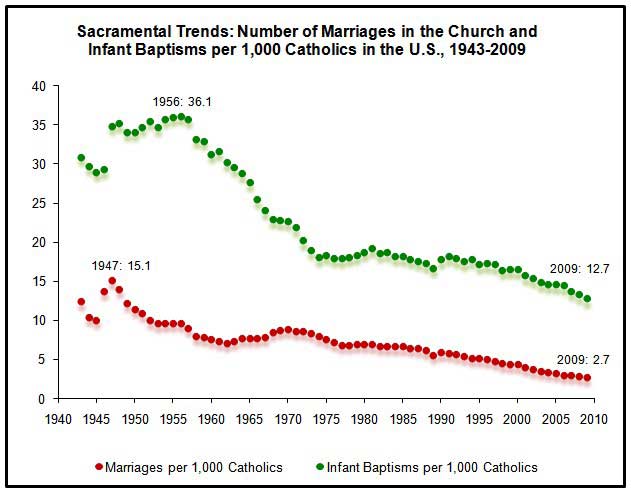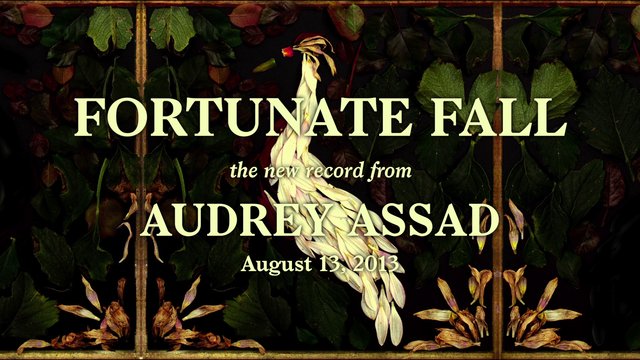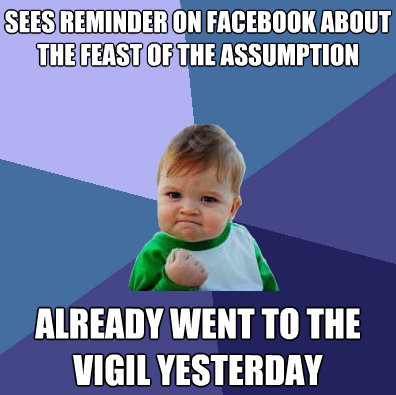 In this series I’m trying to examine some of the issues and problems within the Catholic dating world. However, before I get underway with today’s post I would like very briefly to reply to an important question which was raised in response to an earlier post. The question was asked, is there actually even a problem here to address?!
In this series I’m trying to examine some of the issues and problems within the Catholic dating world. However, before I get underway with today’s post I would like very briefly to reply to an important question which was raised in response to an earlier post. The question was asked, is there actually even a problem here to address?!
I would suggest that we do indeed have a problem. In addition to anecdotal evidence, there is statistical data to demonstrate that there are fewer and fewer marriages taking place today, even among practising Catholics:

This decline has far reaching consequences, both for Catholic schools and parishes, as well as for Catholic culture and the Church’s witness to the world. If you would like to read about this further then I would recommend this article by Msgr. Pope.
Choice and Commitment
So with that issue addressed, let’s return to the main question of this series: why aren’t more Catholic guys asking girls out on dates? One possible answer might be because many guys are in no hurry to settle down.
Society today praises choice. With regards to commitment, we are urged to be cautious: “Don’t commit yourself!”, “Someone better might be just around the corner!”, “Leave yourself an escape!”. I would suggest that, because of this, some guys refrain from dating in a misguided attempt to keep their options open (there is a related dynamic here on the part of the ladies, but I plan to deal with that in a later post).
To make matters worse, do we sometimes hear a message from the Church that can sound somewhat similar? In the Catholic Church, marriage is a Sacrament, something serious, important, binding and lifelong. We are therefore often urged to move with great caution. Additionally, with broken marriages all around us, isn’t it sensible to be extremely careful in selecting a future spouse?
I think there is good sense in caution, but have we gone too far? Are we encouraged to wait too long?
Read more


 A few weeks ago I helped out at the
A few weeks ago I helped out at the  Since beginning this series a couple of weeks ago, I have received a lot of positive feedback. This has come almost exclusively from the ladies. Well, let’s see how long that lasts… 😉
Since beginning this series a couple of weeks ago, I have received a lot of positive feedback. This has come almost exclusively from the ladies. Well, let’s see how long that lasts… 😉


